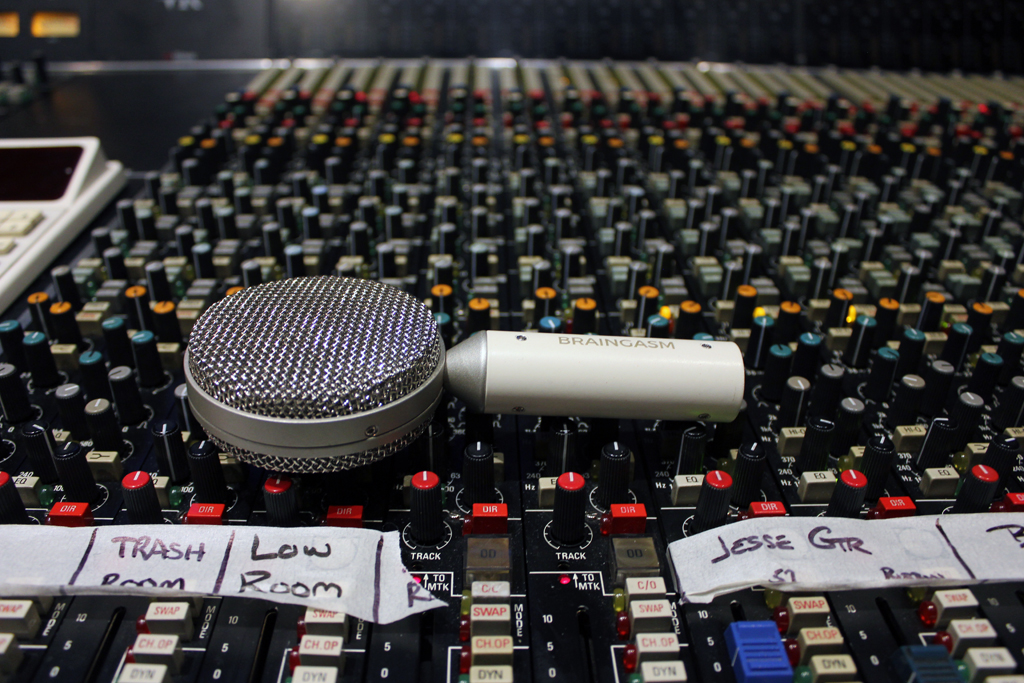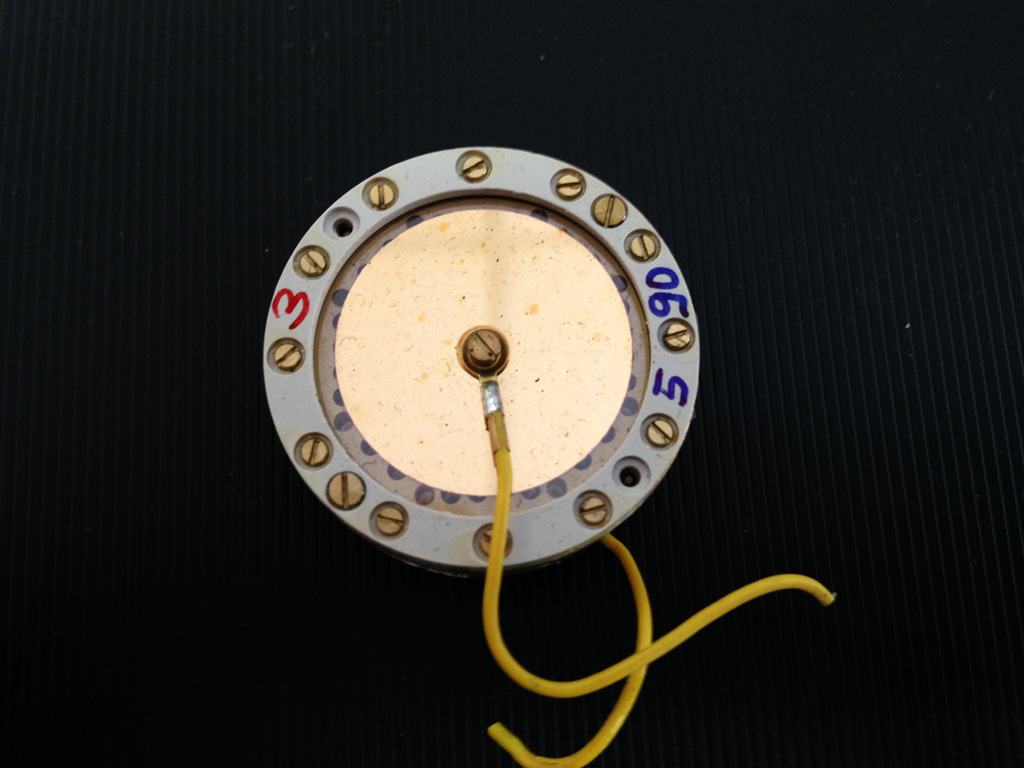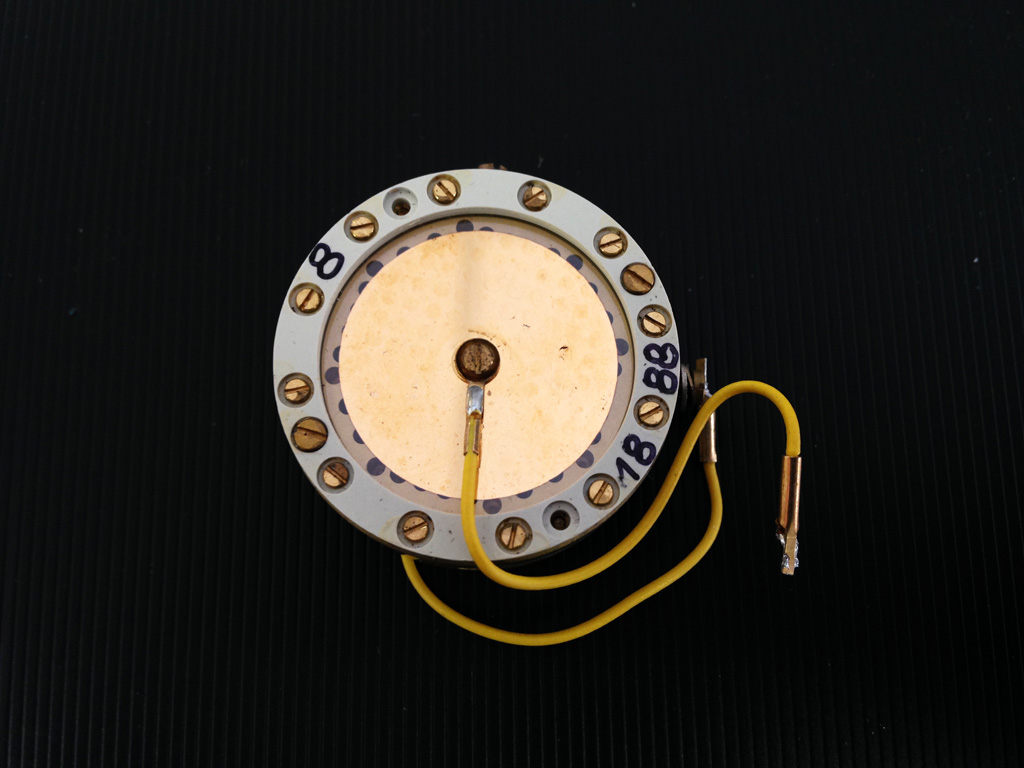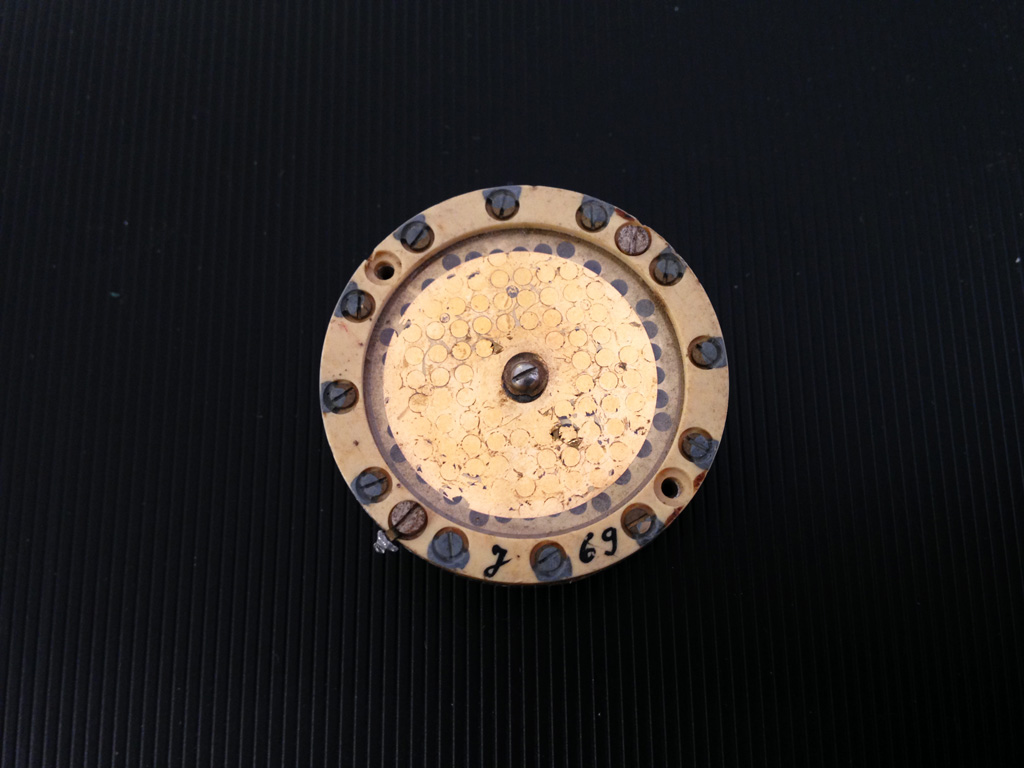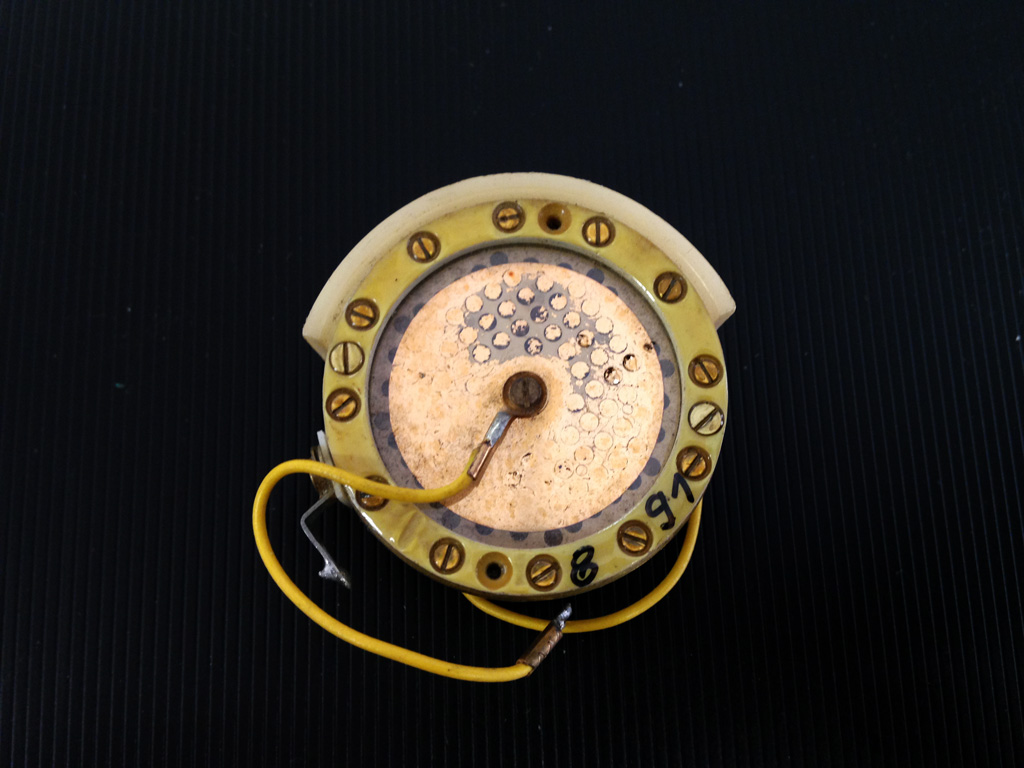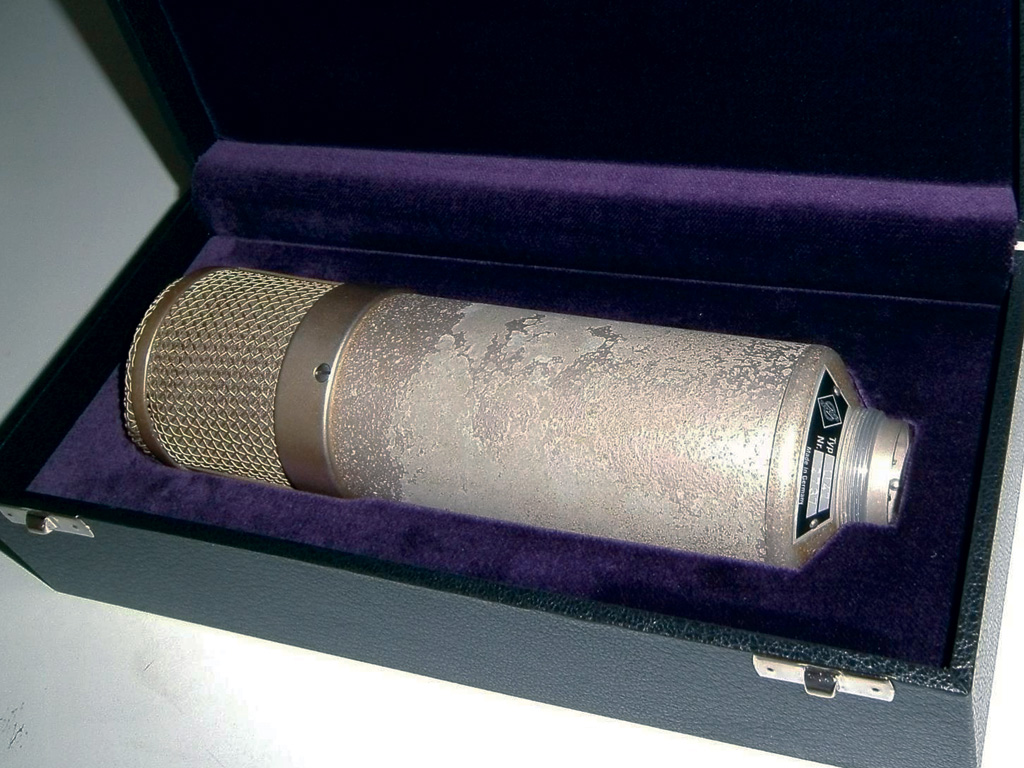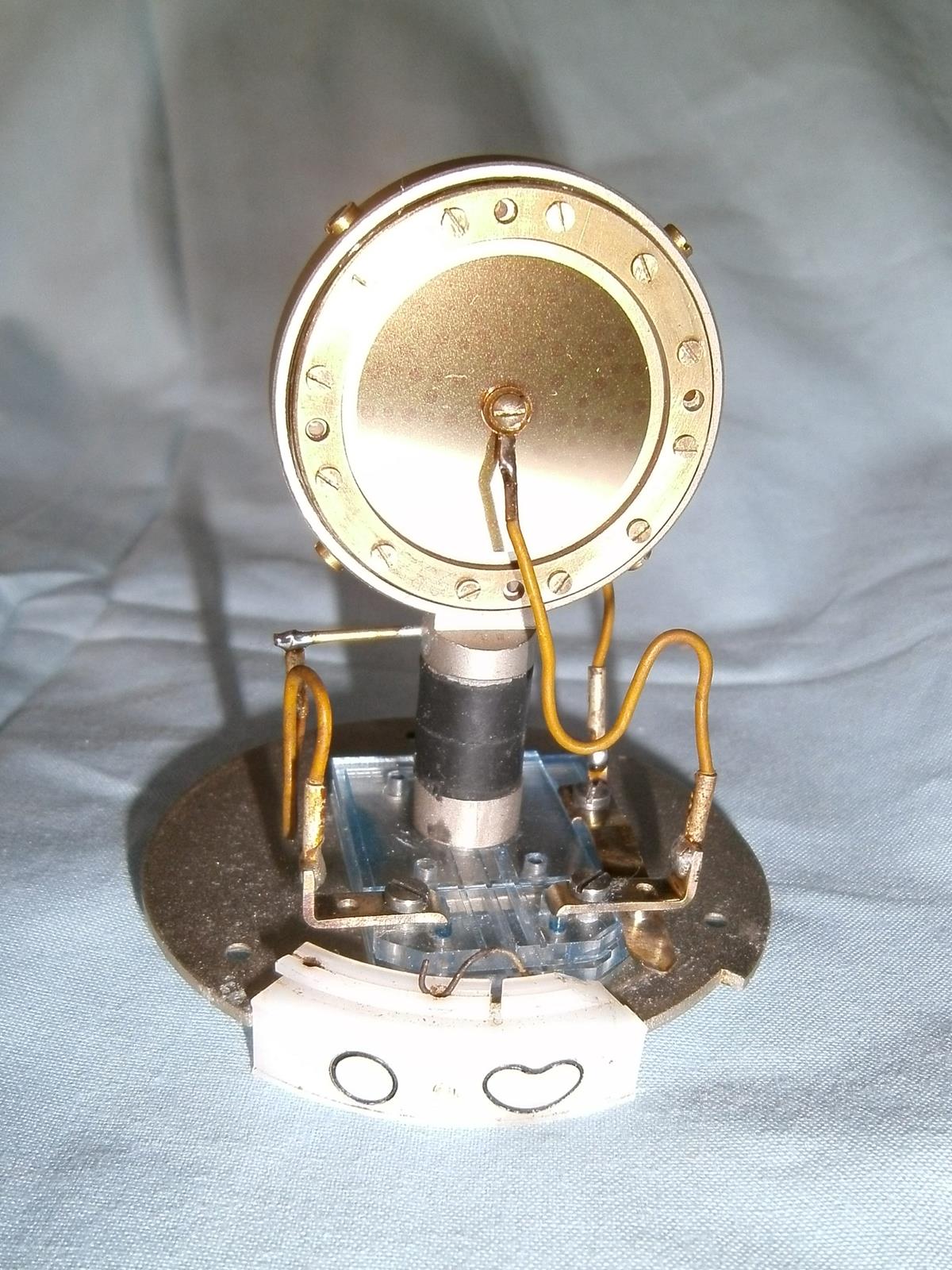Joe Chiccarelli, Braingasm & The Pirate Sessions
/“The ribbons sounded great on electric guitars and drums. Really big sounding with rich low end. Perfect for loud rock guitars.
On drums the mics were well balanced and full sounded.
We also used the FET condenser on acoustic guitar and it delivered a clear and very forward sound.
The mics really helped out the sessions. We appreciate it immensely,
Well done. Joe C”
Rome is like a big city with a small-town soul—you know it when the super-secret news of the day spreads from Salaria to Eur in just a couple of hours. "Oh, did you hear that Joe Chiccarelli is in Rome?"
If you're not in the sound business, you immediately think it's the new acquisition for AS Roma football Club. But if you are, the excitement is inevitable because Joe is a gem in the industry, with a résumé full of Grammys and stellar collaborations (from Frank Zappa to U2, Strokes, and so on).
Joe is at Forum Music Village, the most beautiful recording studio in Italy, created by “Il Maestro” Ennio Morricone, producing Morrissey's latest album (and probably dealing with all the tough nut to crack that our sad boy from Manchester might throw at him), in what he himself, once it's all done, has dubbed 'The Pirate Sessions.'
I schedule a meeting with him, to get to know him, have a chat, and, most importantly, to see if there's a chance to get him to try out some Braingasm microphones. He agrees, enthusiastically, and welcomes me during the soundcheck. He halts everything, asks for some time, and sits down to talk with me. "Hey, show me what you've got." He's a kind man, an artist, and a top-notch professional—the kind who doesn't need to prove anything to anyone, isn't resting on laurels, and is still open to discovery and experimentation.
Joe takes my Deluxe 47 and sets it up as a mono room mic on the drums. He cranks up the gas (on the Neve VR Legend at the Forum), starts tweaking with Gain, Compressor, and EQ, squeezing out every nuance from the microphone. He gives a thumbs up, smiles approvingly, and continues the check. I finally relax and introduce him to the Braingasm Vintage Ribbon.
Joe adds another dose of enthusiasm and tells me he'll try it on Jesse and Boz's guitars.
At this point, I'm already completely satisfied. I leave just before becoming a pain in the neck, telling him we'll meet again after everything is done to pick up the microphones and get some feedback.
I come back just before the teardown, Moz has already been repatriated, and Joe is finishing up some things. I find my Ribbon on Jesse Tobias's Divided by 13, and Joe tells me he used it throughout the session, replacing his usual Royer R 121. He also really appreciated the Deluxe 12 on the acoustic guitars.





